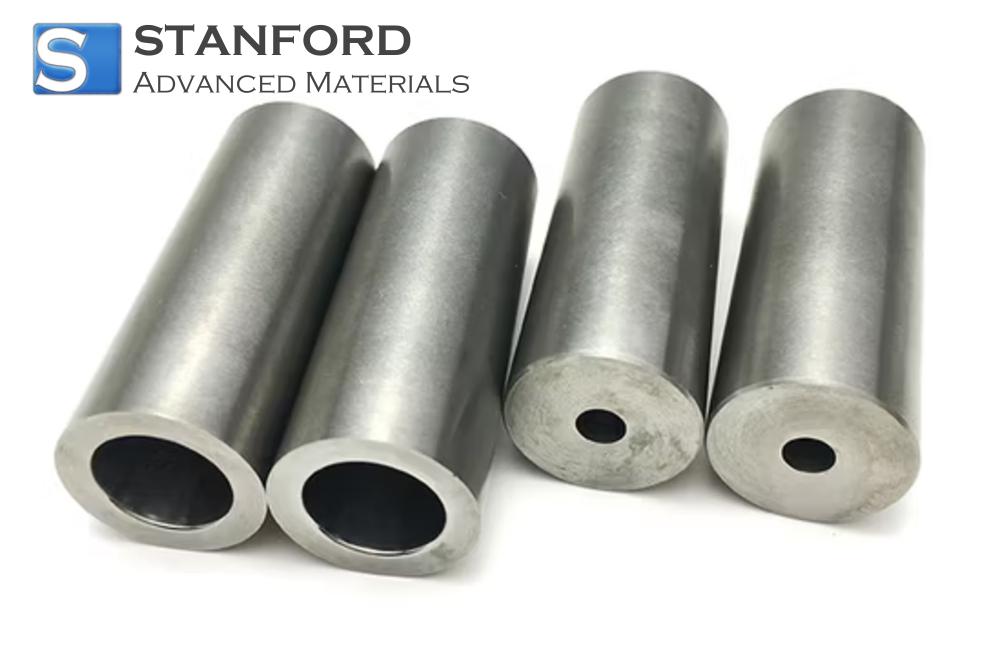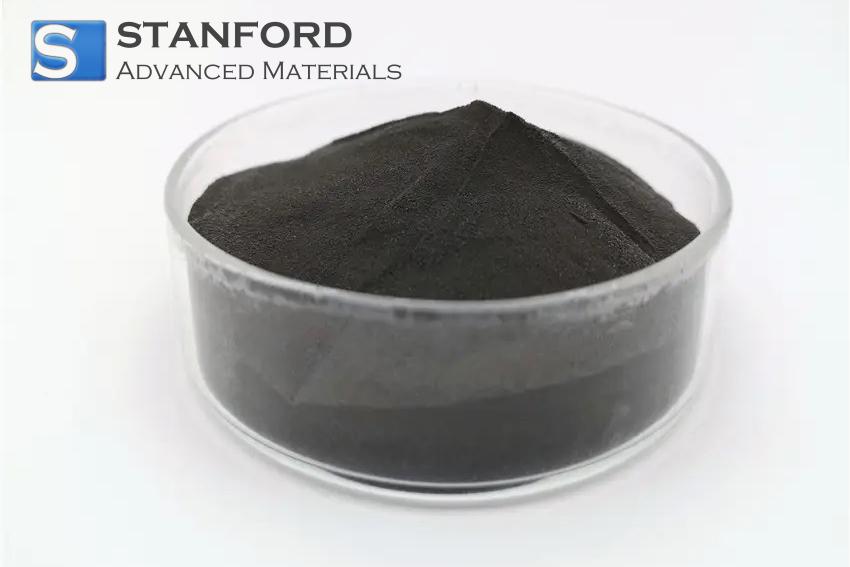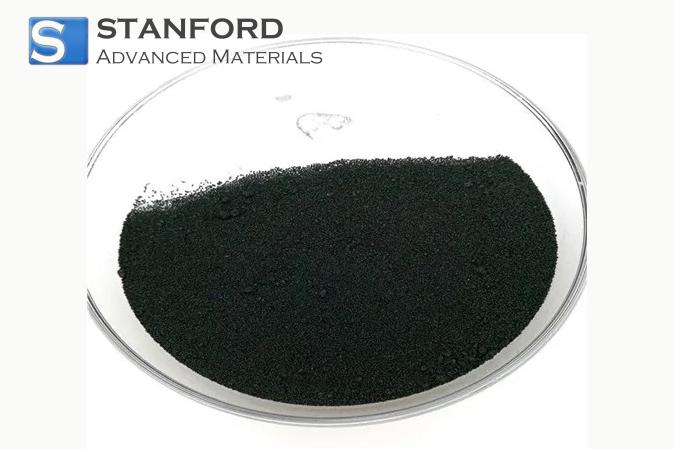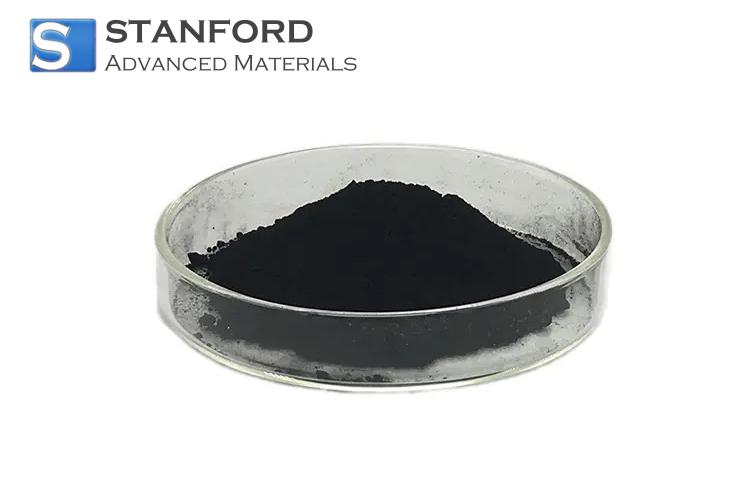Ruthenium: Element Properties And Uses
Description
Ruthenium is a rare transition metal with well-documented chemical and physical data. It is important for industrial use and modern technologies.
Introduction to the Element
Ruthenium is a chemical element with atomic number 44 and is classified among the platinum group metals. It was first identified in the early 19th century by Karl Ernst Claus and is named after Ruthenia, a historical region in Eastern Europe. Although ruthenium is not abundant in the Earth’s crust, it is found in certain ores together with other platinum group metals. Its limited occurrence in nature necessitates specialised extraction procedures.
Description of Chemical Properties
This element exhibits several oxidation states, most frequently +3 and +4, although oxidation states from +2 to +8 have been recorded. It reacts with various ligands to form coordination compounds that are utilised in catalysis and synthesis reactions.
One property of ruthenium is its resistance to corrosion. When exposed to strong acids and bases, its structure is maintained. The formation of a thin oxide layer on the surface prevents further degradation and offers protection against aggressive chemicals.
In organometallic chemistry, ruthenium compounds are used for their catalytic characteristics. They accelerate reactions such as hydrogenation and oxidation without permanent consumption. Consequently, these compounds are deployed in chemical processes that demand defined efficiency. The stability of ruthenium compounds in different media has led to applications in electronics and energy generation.
Table with Data for the Physical Properties
|
Property |
Value |
Unit |
|
Atomic Number |
44 |
- |
|
Atomic Mass |
101.07 |
g/mol |
|
Density |
12.45 |
g/cm³ |
|
Melting Point |
2334 |
°C |
|
Boiling Point |
4150 |
°C |
|
Crystal Structure |
Hexagonally close-packed |
- |
|
Phase at Room Temperature |
Solid |
- |
For further information, please refer to Stanford Advanced Materials (SAM).
Common Applications
Ruthenium is utilised in several fields owing to its defined chemical and physical properties. In electronics, it is employed in the manufacture of thick-film resistors and components for hard disks and printed circuit boards. Its electrical conductivity and capacity to endure high loads facilitate its use in these applications.
Another application of ruthenium is in catalysis. It is used in the chemical industry, particularly in the synthesis of ammonia and other essential chemicals. The element accelerates reactions without permanent chemical change. Consequently, it is deployed in industrial chemical processes where precise reaction conditions are measured.
Ruthenium is also applied in materials science. It is added to alloys to enhance hardness and wear resistance. This addition extends the service life of electrical contacts and other components that require longevity. In addition, the metal is used for coating white gold in jewellery, which improves surface durability and scratch resistance.
The metal is increasingly used in medicine. Researchers have investigated its potential in developing compounds for medical imaging and targeted cancer therapies. Its chemical properties permit the formulation of drugs that interact with specific biological targets, thereby offering defined treatment options.
Frequently Asked Questions
What is ruthenium?
Ruthenium is a rare transition metal with an atomic number of 44. It is recognised for its documented chemical and physical properties and its significance in various industrial applications.
What are the main chemical properties of ruthenium?
It exhibits multiple oxidation states, forms coordination compounds and demonstrates a high resistance to corrosion. These characteristics support its use in catalytic and demanding applications.
How is ruthenium produced?
Ruthenium is obtained as a by-product from platinum and palladium ores through controlled chemical treatments and a combination of hydrometallurgical and pyrometallurgical processes.
How is ruthenium most commonly used in industry?
It is utilised in electronics for resistors and contacts, applied in catalysis for chemical synthesis and emissions control, and added to alloys to improve durability in various industrial products.
How does ruthenium contribute to industrial products?
Ruthenium improves the performance and service life of catalysts, electrical components, hard coatings and devices for renewable energy through its stable chemical properties and catalytic functions.

 Bars
Bars
 Beads & Spheres
Beads & Spheres
 Bolts & Nuts
Bolts & Nuts
 Crucibles
Crucibles
 Discs
Discs
 Fibers & Fabrics
Fibers & Fabrics
 Films
Films
 Flake
Flake
 Foams
Foams
 Foil
Foil
 Granules
Granules
 Honeycombs
Honeycombs
 Ink
Ink
 Laminate
Laminate
 Lumps
Lumps
 Meshes
Meshes
 Metallised Film
Metallised Film
 Plate
Plate
 Powders
Powders
 Rod
Rod
 Sheets
Sheets
 Single Crystals
Single Crystals
 Sputtering Target
Sputtering Target
 Tubes
Tubes
 Washer
Washer
 Wires
Wires
 Converters & Calculators
Converters & Calculators
 Write for Us
Write for Us





 Chin Trento
Chin Trento



